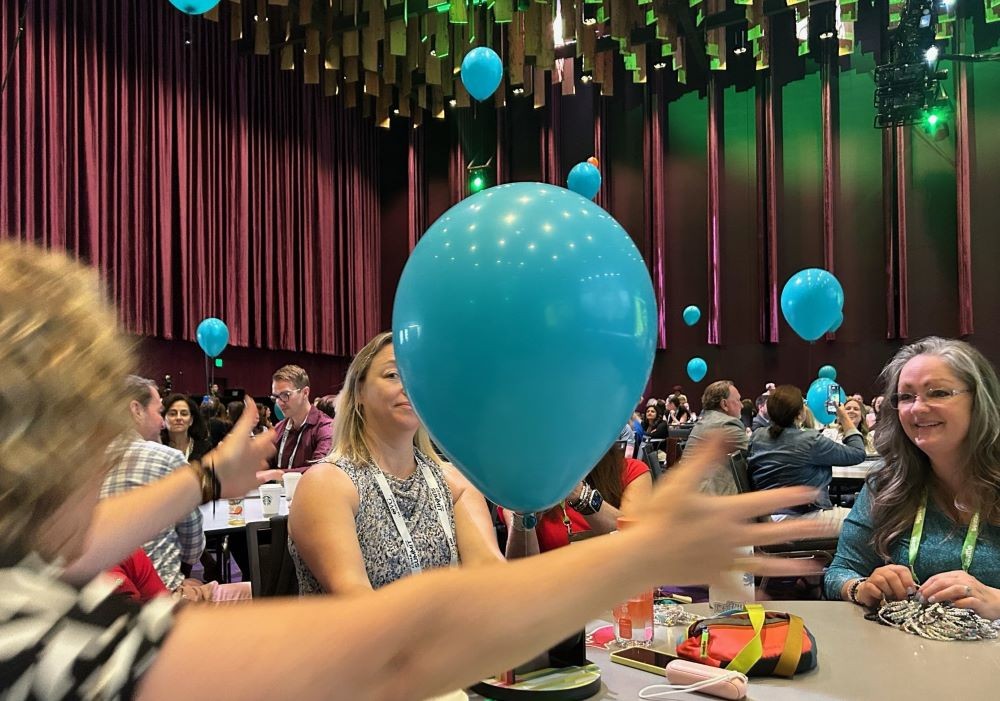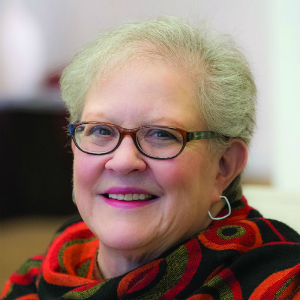The Corporate Event Marketing Association’s (CEMA) Summit, held August 4-6 in Seattle, set a new benchmark for intentional inclusivity, something we have not experienced at such a level in the many years we’ve been DEI thoughtleaders in the meetings and events industry.
And as members of APIEventProfs, the Asian Pacific Islander Event Professionals group, we want to see more of this sense of belonging.
Diverse Representation and Inclusion
In an industry where Asian American representation—despite being 7% of the U.S. population—is often limited to maybe 1% to 2% of speakers, it seems, it was commendable that CEMA featured 11% API speaker representation in Seattle, where 17% of the population is Asian American.
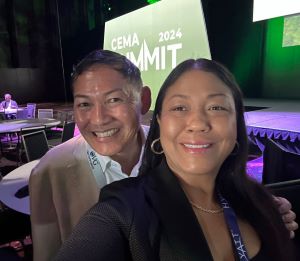
“I didn’t even realize there wasn’t a specific DEI session because inclusion was part of everything,” said Tina Adkins-Fisher, national sales manager for Rio Las Vegas and a first-time CEMA participant of Black and Korean heritage. “Seeing people who looked like me and shared similar experiences made me feel more connected and engaged.”
The inclusion of DEI in sessions also resonated with Gary Murakami, an APIEventProfs member who is on CEMA’s Board of Directors and serves as VP of sales and industry relations for Teneo Hospitality.
“While there was no specific DEI track, inclusivity and diversity were integrated into every aspect of the conference,” Murakami said.
Several sessions focused on well-being, accessibility, neurodiversity, psychological safety and burnout. Networking was enriched by unique activities like puppy yoga, oyster shucking, dumpling making and sound baths, offering diverse ways for attendees to connect via programming.
Recognizing that networking at events often centers around the consumption of alcoholic beverages, which can be awkward for non-drinkers, CEMA also offered a session on making mocktails. The instructor asked for volunteers, with each sharing their personal reasons for wanting to learn how to make non-alcoholic cocktails. This session catered to those taking a break from alcohol, ensuring they could still feel included while enjoying a refreshing drink sans booze.
Other CEMA Summit 2024 Highlights
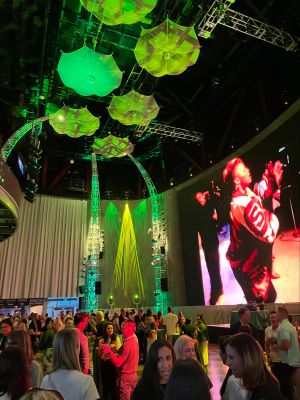
From Feeling Lost to Feeling Welcome
CEMA Summit 2024 taps into a high-level of veteran corporate meeting and event professionals, which makes for a more tight-knit experience for attendees.
“At much larger conferences, I’ve felt lost,” Adkins-Fisher admitted. “The size made it overwhelming and difficult to connect with others. CEMA was different—I felt seen, welcomed and included from the moment I arrived.”
Technology for Inclusion
One of the standout features was the Summit’s innovative use of technology. Interactive Klik SmartBadges allowed attendees to exchange contact information with a simple click, removing the awkwardness often associated with first-time meetings.
“I thought the badges were amazing. They shifted the focus from where you work to who you are as a person,” Adkins-Fisher offered.
Interactive and Inclusive Elements
CEMA also employed interactive elements like balloon polling, where participants shared opinions at their tables. Markers of different colors on balloon strings were raised or lowered, providing a visual representation of attendees’ perspectives.
“It was a brilliant way to involve everyone,” Adkins-Fisher said. “Table discussions were more dynamic.”
No-Selling Environment
Another noteworthy aspect of CEMA is its strict no-selling policy, which allowed participants to focus on building relationships and exchanging ideas rather than enduring sales pitches.
“The absence of selling allowed for more genuine connections,” Adkins-Fisher said. “It was about who we are and our experiences.”
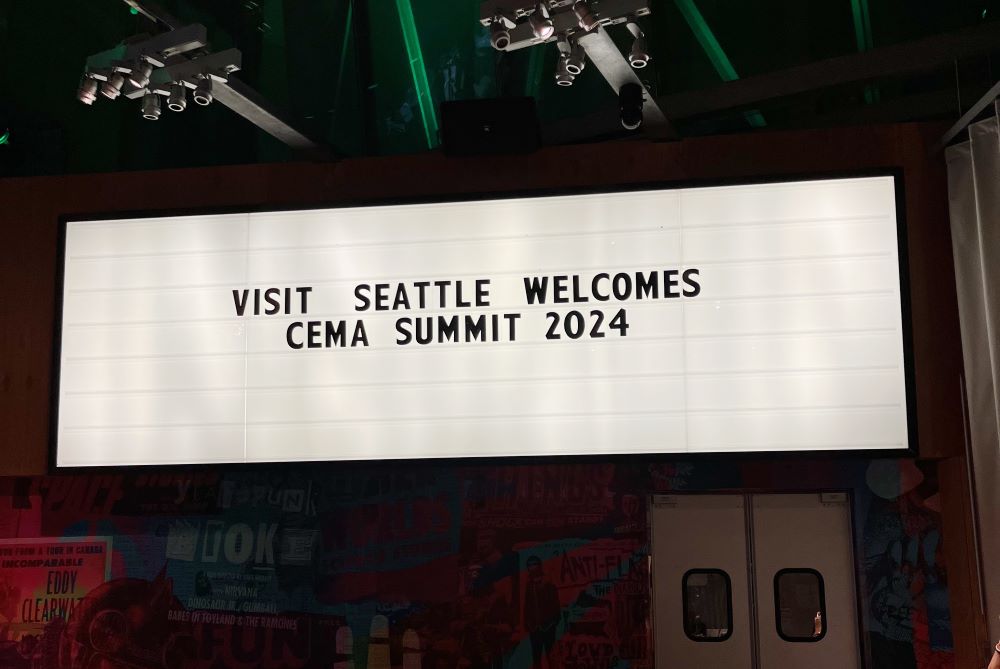
Looking Ahead: What Can We Learn?
CEMA provided a space where everyone—from first timers to seasoned professionals—felt valued and included.
“This was one of the best conferences I’ve ever attended,” Adkins-Fisher said. “The focus on inclusivity, interactive elements and overall atmosphere made it a standout experience.”
The next challenge? How can we learn from CEMA’s example and continue to push the boundaries of inclusivity in the event industry?



